Sand Twinleaf
Display all 12 images
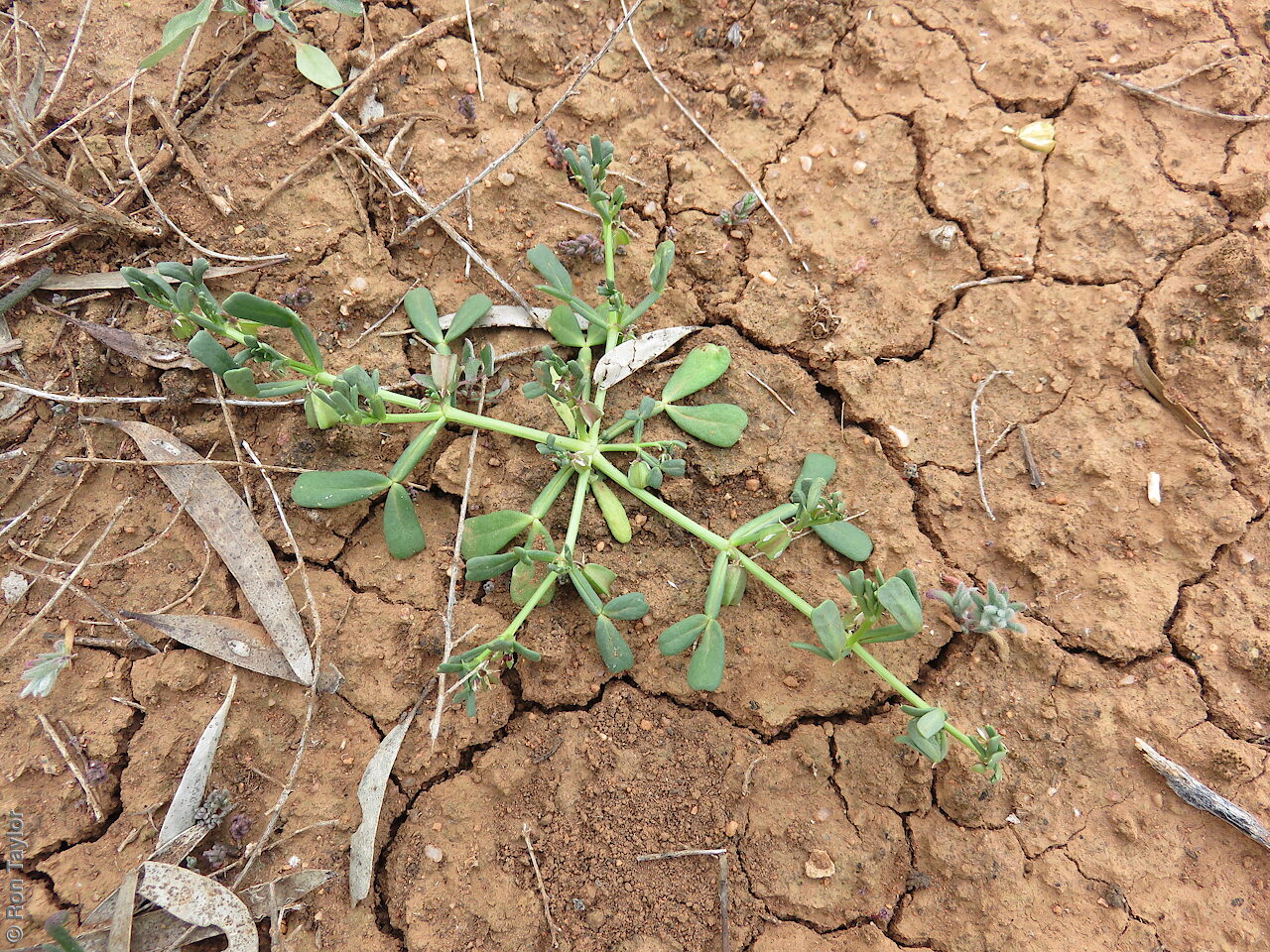
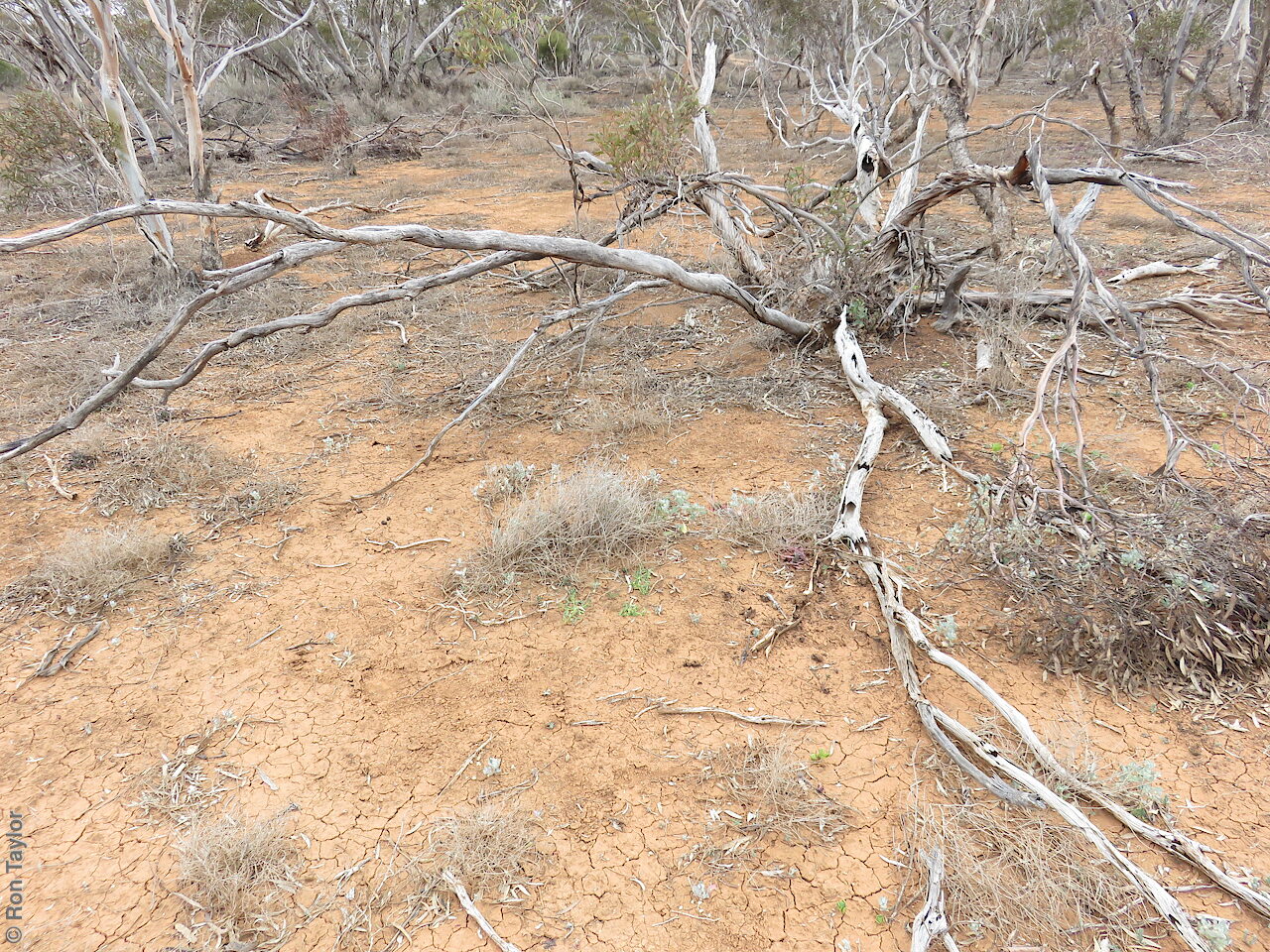
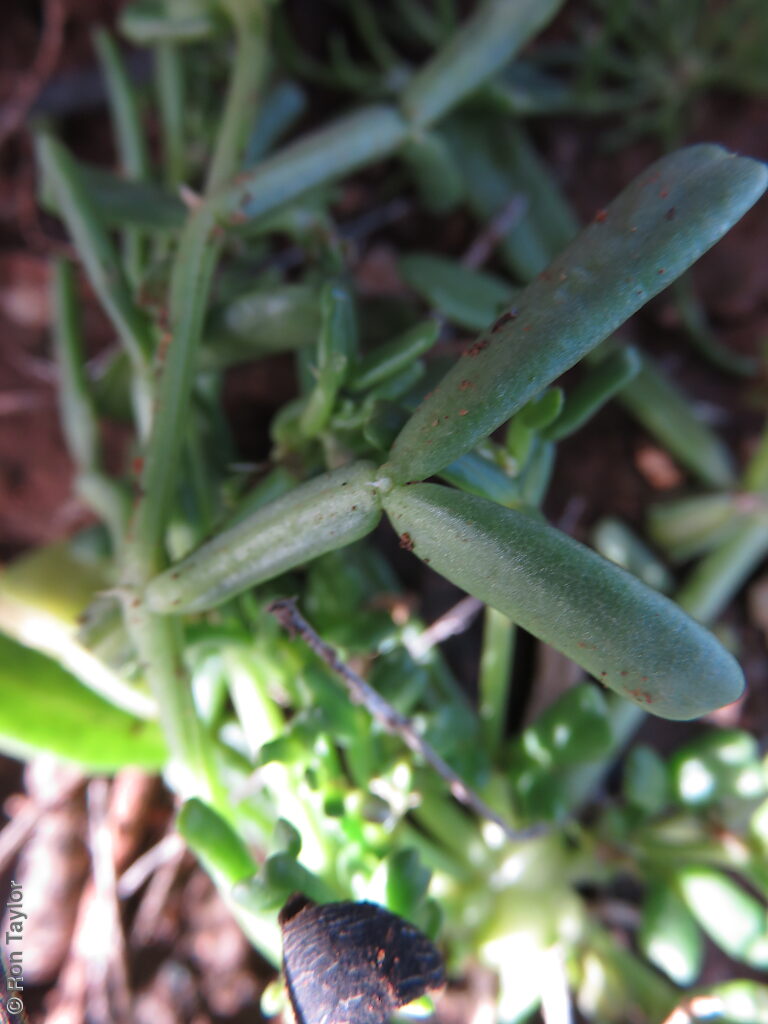
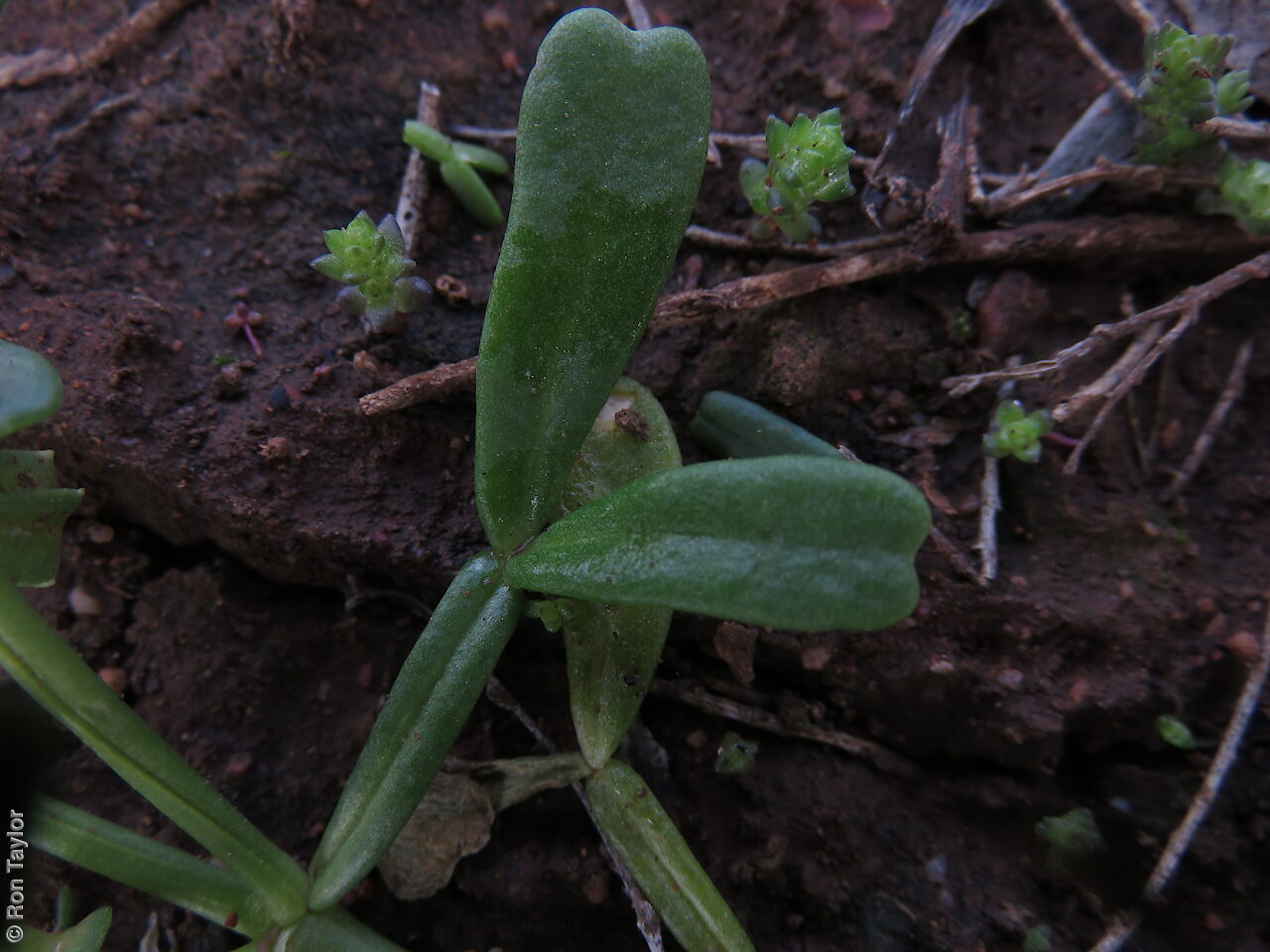
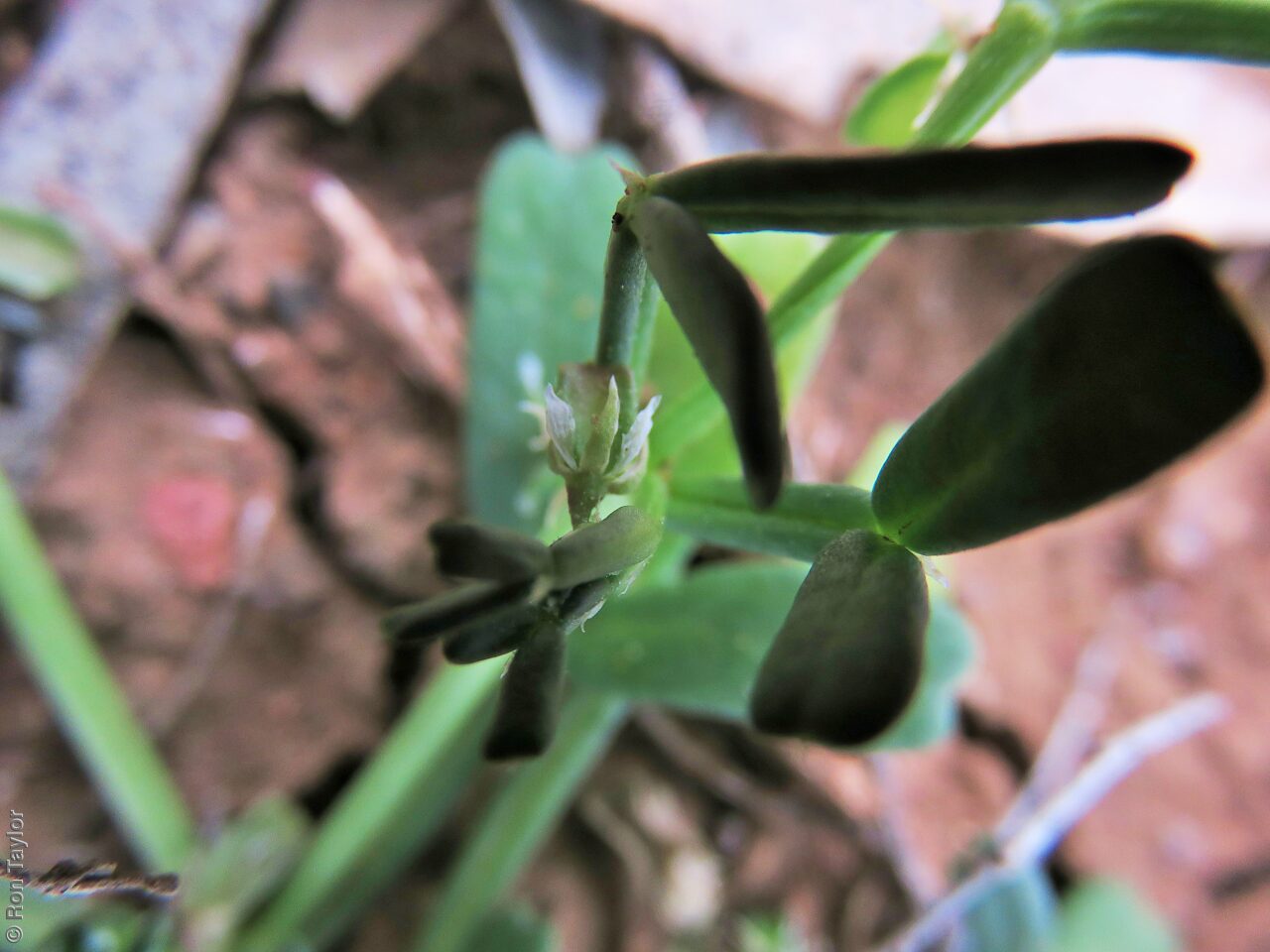
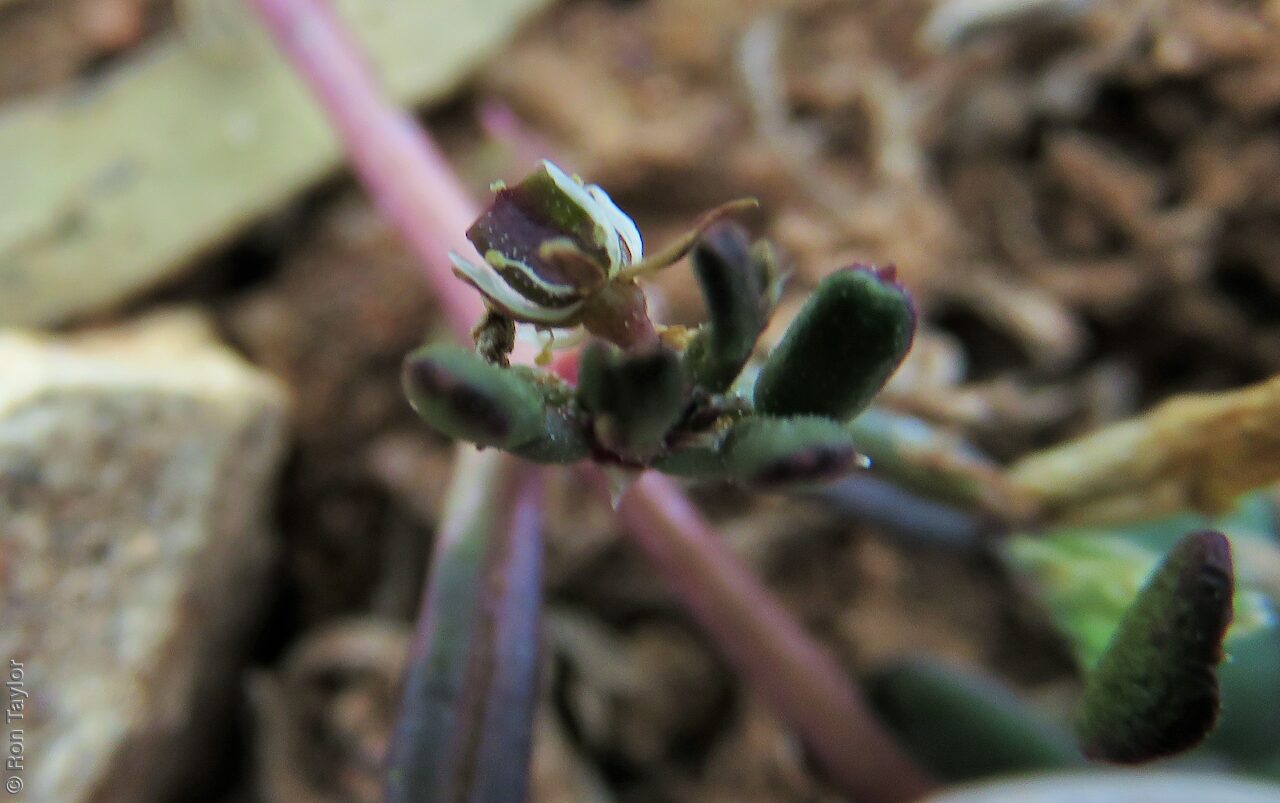
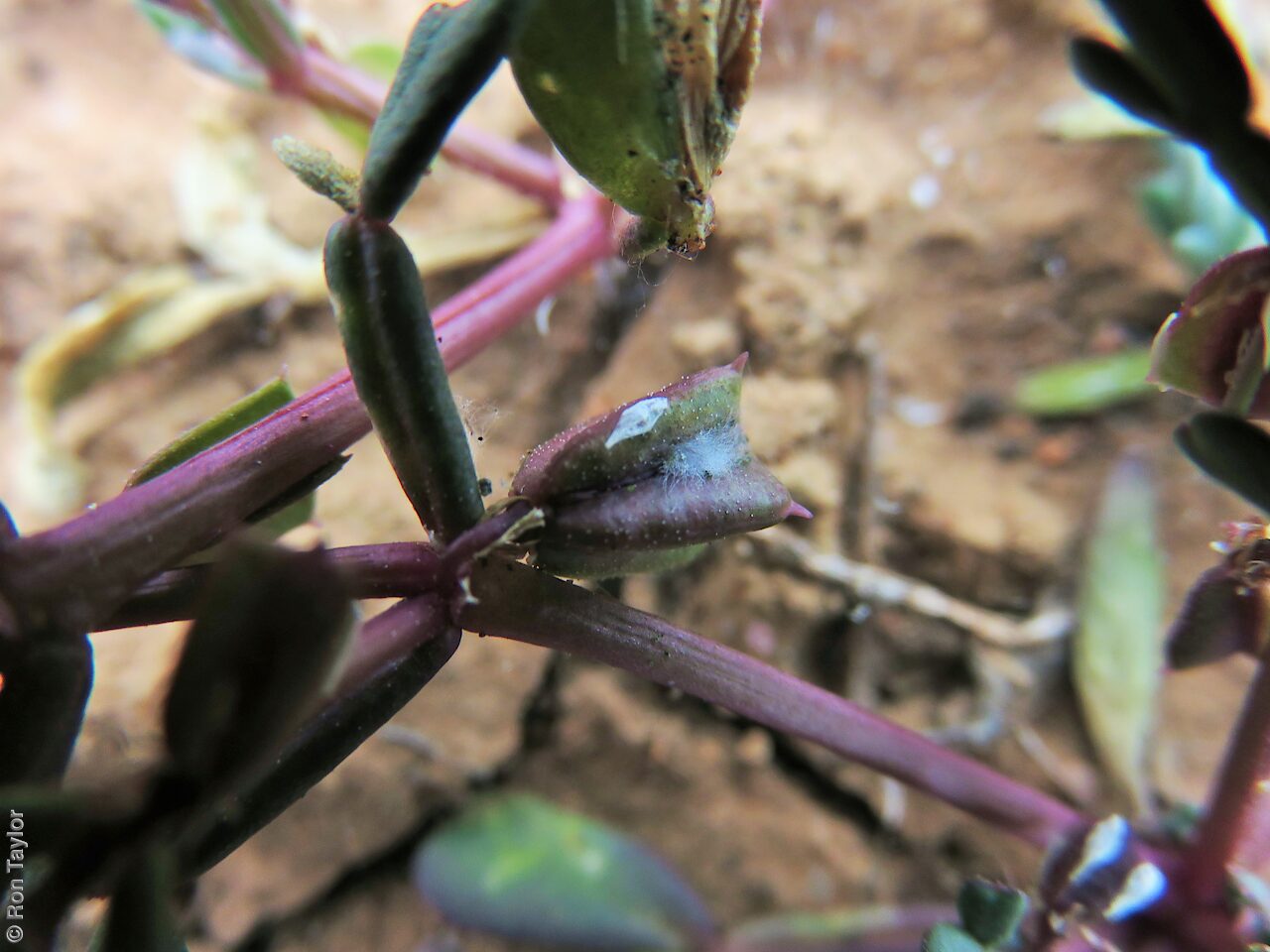
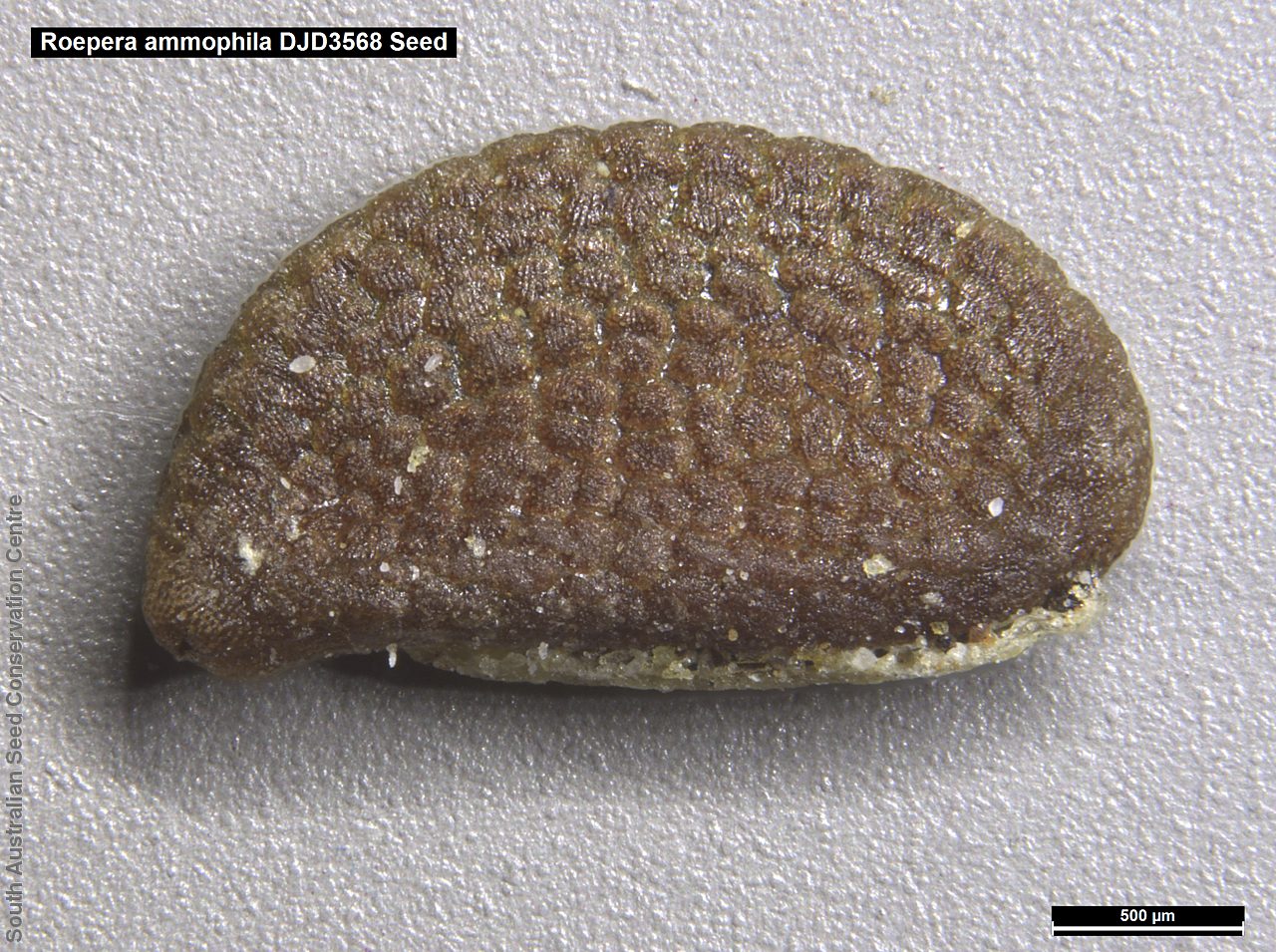
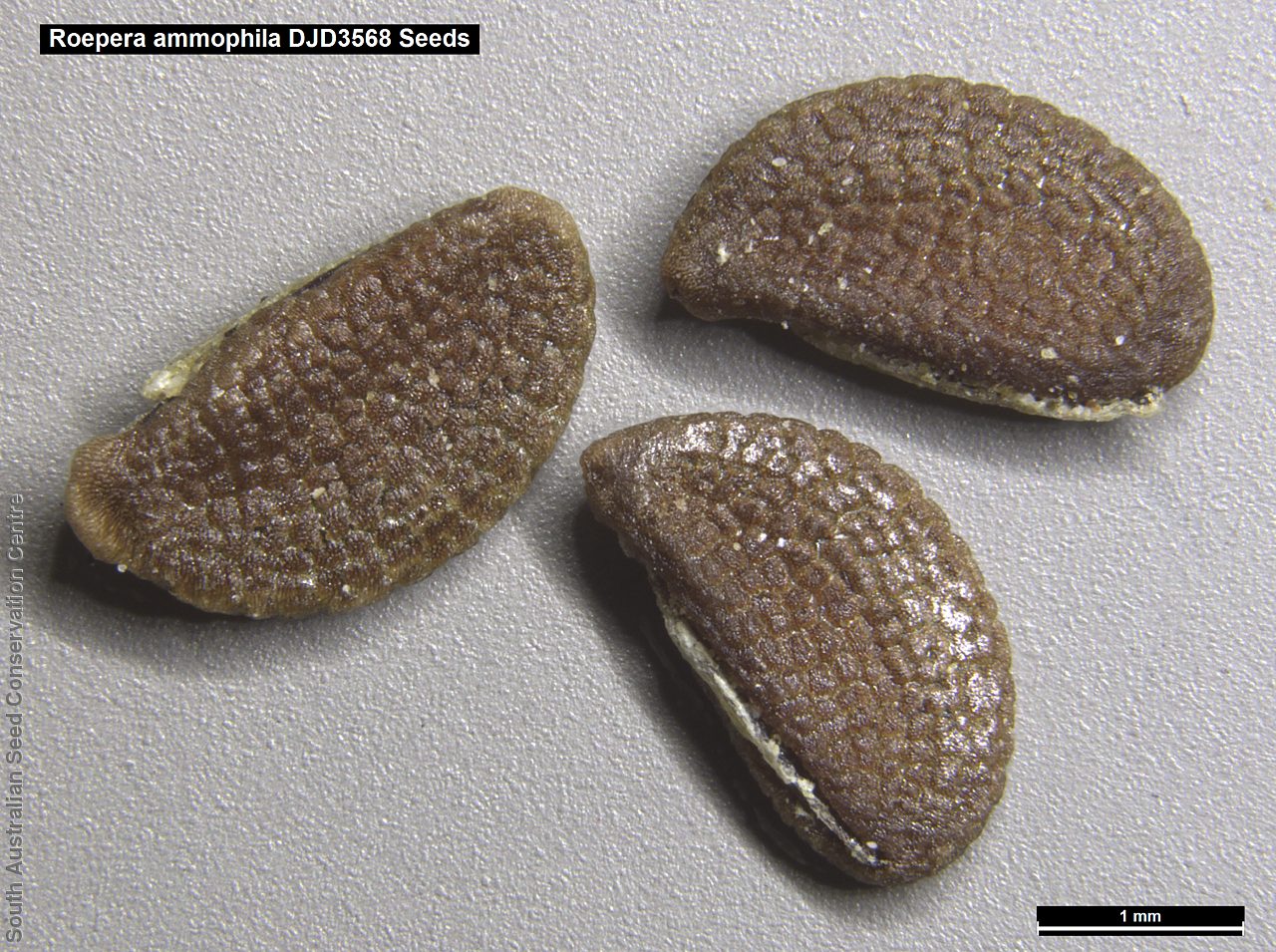
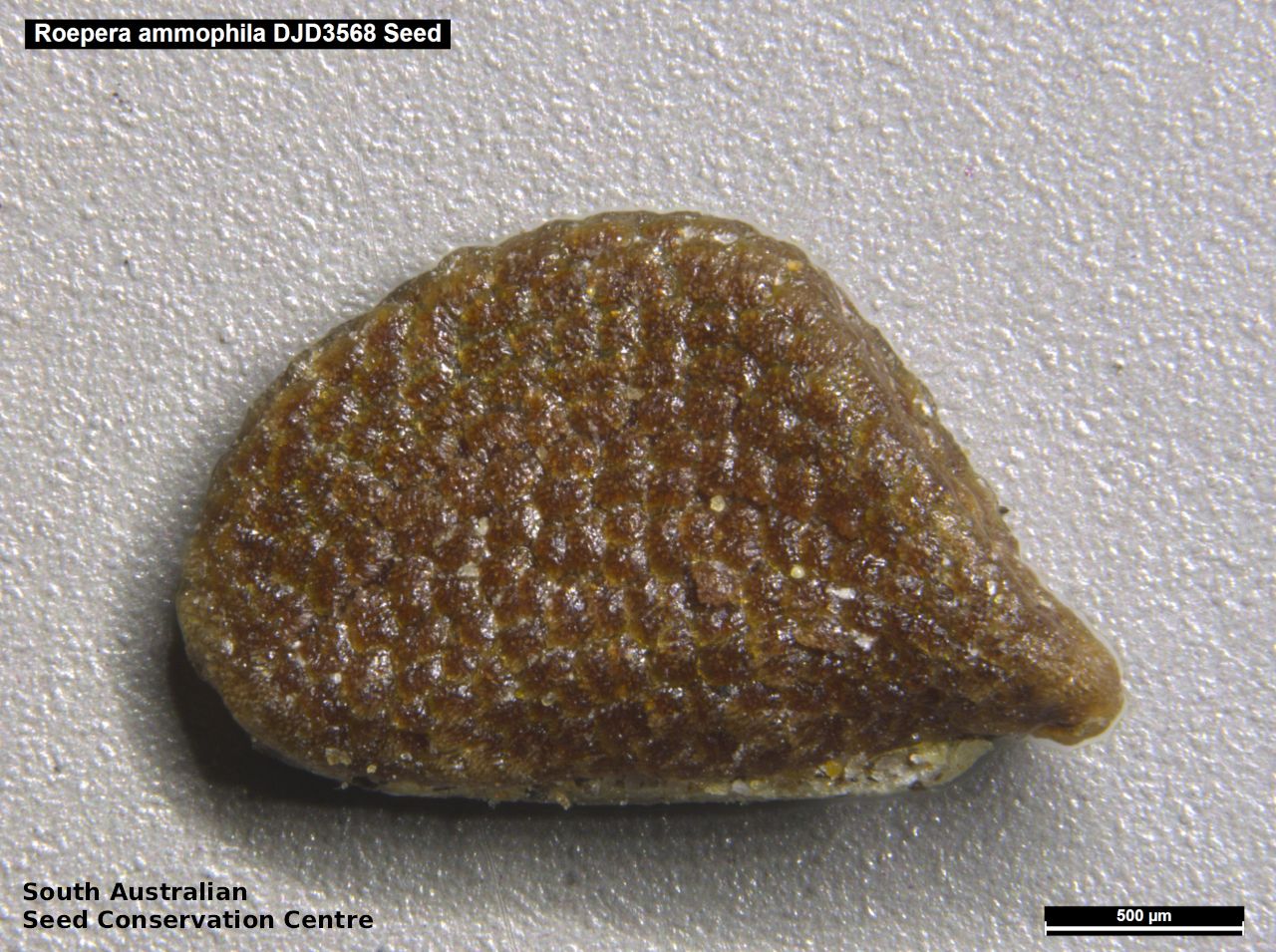
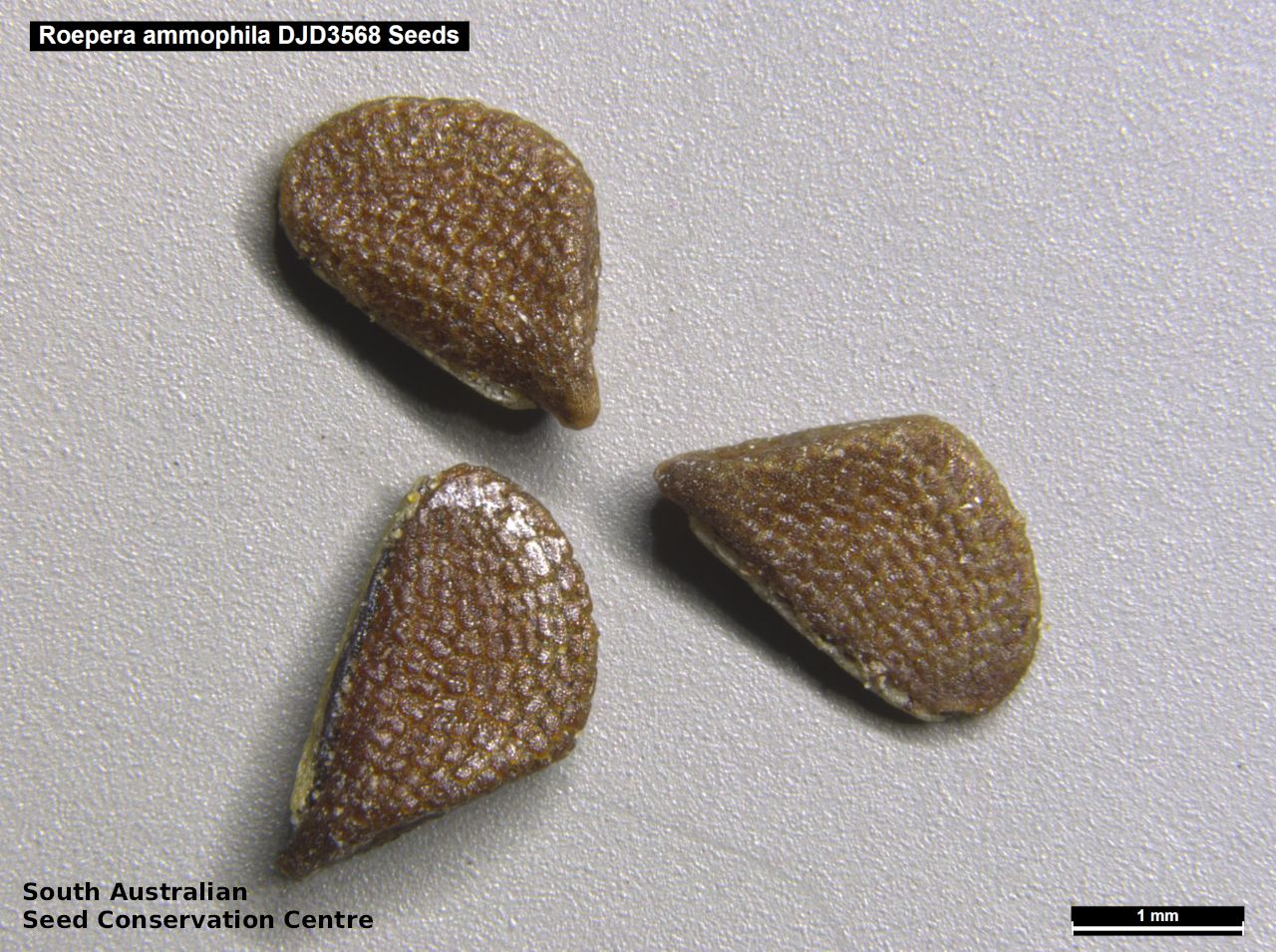
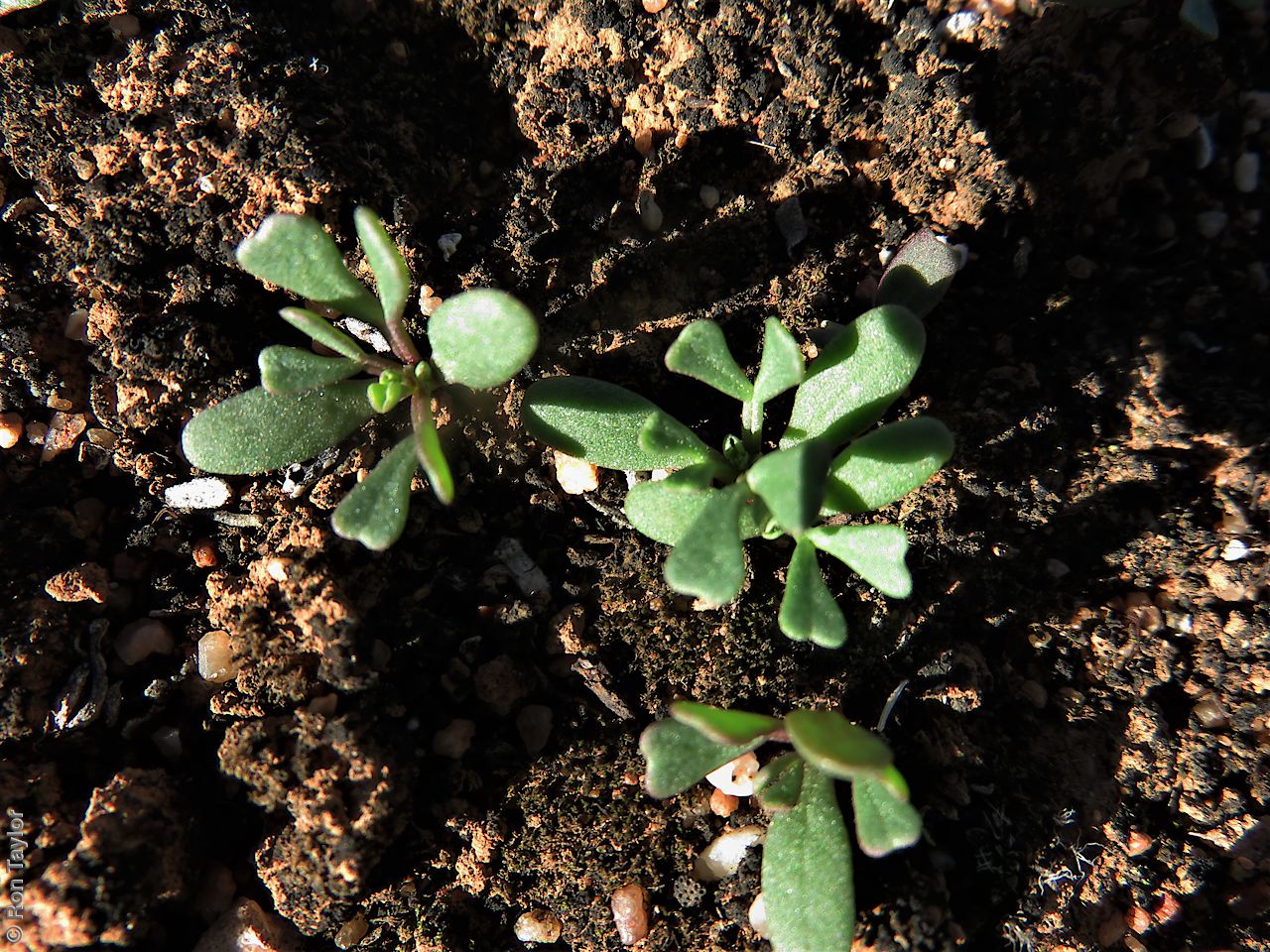
Regional Species Conservation Assessments per IBRA subregion.

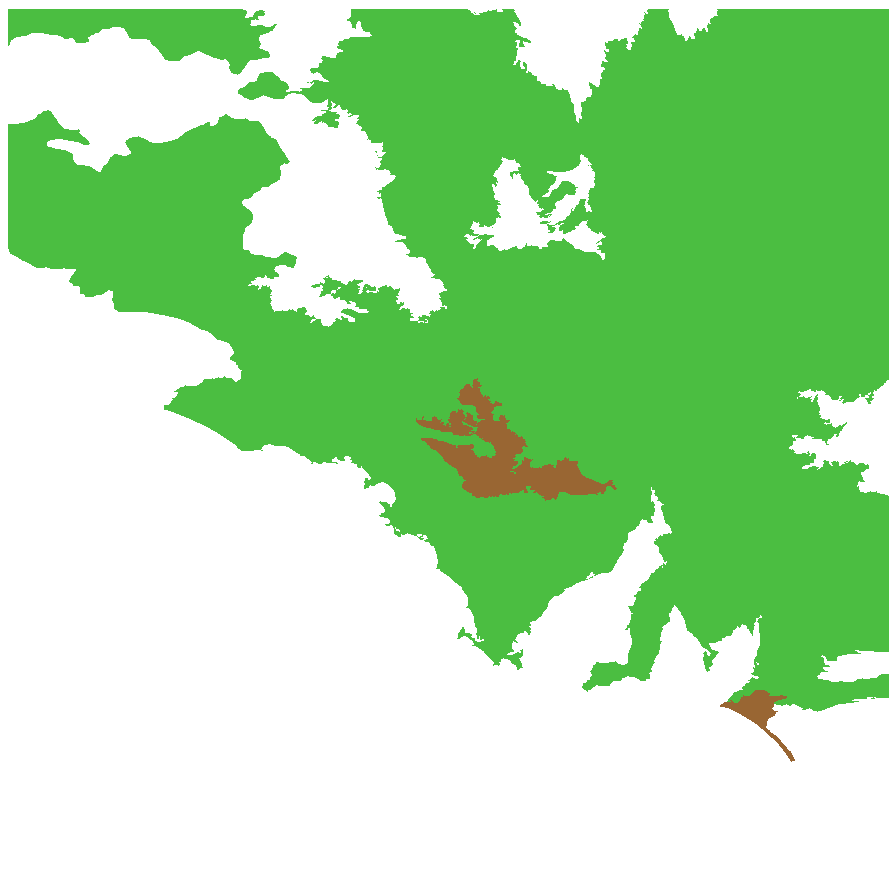
Least concern
Near threatened
Rare
Vulnerable
Endangered
Critically endangered
Extinct
Data deficient
Adelaide
Arkaroola
Ceduna
Coober Pedy
Hawker
Innamincka
Marla
Marree
Mount Gambier
Oodnadatta
Renmark
Wudinna
Keith
Yunta
Display IBRA region text
| Broughton (FLB02) | Flinders Lofty Block | Least Concern [similar to Z simile; could be increasing, not edible] |
| Olary Spur (FLB03) | | Least Concern [Could be increasing, not edible] |
| Southern Flinders (FLB04) | | Least Concern [similar to Z simile; could be increasing, not edible] |
| Northern Flinders (FLB05) | | Least Concern [has been split from Z billardierei] |
| Central Flinders (FLB06) | | Least Concern [has been split from Z billardierei] |
| Southern Yorke (EYB01) | Eyre Yorke Block | Least Concern [similar to Z simile; could be increasing, not edible] |
| St Vincent (EYB02) | | Least Concern [similar to Z simile; could be increasing, not edible] |
| Eyre Hills (EYB03) | | Least Concern |
| Talia (EYB04) | | Least Concern |
| Eyre Mallee (EYB05) | | Least Concern |
| South Olary Plain (MDD01) | Murray Darling Depression | Least Concern [edge of range] |
| Murray Mallee (MDD02) | | Least Concern |
| Murray Lakes and Coorong (MDD03) | | Rare (IUCN: RA d(ii)) [edge of range] |
| Braemer (MDD07) | | Least Concern |
| Murray Scroll Belt (RIV06) | Riverina | Least Concern [not typical habitat] |
| Myall Plains (GAW01) | Gawler | Least Concern |
| Gawler Volcanics (GAW02) | | Rare (IUCN: RA d(ii)) |
| Gawler Lakes (GAW03) | | Least Concern |
| Arcoona Plateau (GAW04) | | Least Concern |
| Kingoonya (GAW05) | | Least Concern |
| Torrens (GAW06) | | Least Concern [has been split from Z billardierei] |
| Roxby (GAW07) | | Least Concern [has been split from Z billardierei] |
| Maralinga (GVD03) | Great Victoria Desert | Least Concern |
| Yellabinna (GVD06) | | Least Concern |
| Yalata (NUL03) | Nullarbor | Least Concern |
| Curnamona (BHC06) | Broken Hill Complex | Least Concern |
| Dieri (SSD03) | Simpson Strzelecki Dunefields | Least Concern [has been split from Z billardierei] |
| Strzelecki Desert (SSD05) | | Least Concern [has been split from Z billardierei] |
| Breakaways (STP01) | Stony Plains | Least Concern [has been split from Z billardierei] |
| Oodnadatta (STP02) | | Least Concern [has been split from Z billardierei] |
| Murnpeowie (STP03) | | Least Concern [has been split from Z billardierei] |
| Macumba (STP05) | | Least Concern [has been split from Z billardierei] |
| Witjira (STP06) | | Least Concern [has been split from Z billardierei] |
| Baltana (STP07) | | Least Concern [has been split from Z billardierei] |
| Sturt Stony Desert (CHC02) | Channel Country | Least Concern [has been split from Z billardierei] |
| Diamantina-Eyre (CHC04) | | Least Concern [has been split from Z billardierei] |
| Coongie (CHC06) | | Least Concern [has been split from Z billardierei] |
| Lake Pure (CHC07) | | Least Concern [has been split from Z billardierei] |
| Mann-Musgrave Block (CER01) | Central Ranges | Data Deficient [query ID] |
| Everard Block (CER03) | | Data Deficient [query ID] |
| Pedirka (FIN04) | Finke | Least Concern [has been split from Z billardierei] |
| 5 of 6 subregions | Flinders Lofty Block | Least Concern |
| 5 of 5 subregions | Eyre Yorke Block | Least Concern |
| 4 of 6 subregions | Murray Darling Depression | Least Concern , Rare |
| Murray Scroll Belt (RIV06) | Riverina | Least Concern [not typical habitat] |
| 7 of 8 subregions | Gawler | Least Concern , Rare |
| 2 of 4 subregions | Great Victoria Desert | Least Concern |
| Yalata (NUL03) | Nullarbor | Least Concern |
| Curnamona (BHC06) | Broken Hill Complex | Least Concern |
| 2 of 4 subregions | Simpson Strzelecki Dunefields | Least Concern |
| 6 of 7 subregions | Stony Plains | Least Concern |
| 4 of 4 subregions | Channel Country | Least Concern |
| 2 of 3 subregions | Central Ranges | Data Deficient |
| Pedirka (FIN04) | Finke | Least Concern [has been split from Z billardierei] |
Botanical art
Kath Alcock paintings: 4
Prior names
Zygophyllum ammophilum
Zygophyllum billardierei, partly
Zygophyllum billardierei var. ammophilum, partly
Common names
Sand Twinleaf
Etymology
Roepera (formally Zygophyllum which is from the Greek 'zygon' meaning pair and 'phyllon' meaning leaf; referring to the pair of leaflets making up each leaf) is named after Johannes August Christian Roeper (1801 -1885), a German botanist and physician. Ammophila from the Latin 'ammo' meaning sand and 'philus' meaning loving; referring to its sandy habitat.
Distribution and status
Found in the eastern part of South Australia, growing on sand and sandy loams but also on heavier clay soils. Also found in New South Wales and Victoria. Native. Common in South Australia. Common in the other states.
Herbarium region: Murray
AVH map: SA distribution map (external link)
Plant description
Erect or ascending, much-branched annual herb 30 cm high. Leaves to 45 mm long with leaflets articulate at base, linear-oblong, to 25 mm long and 3 mm wide, fleshy, apex truncate or sometimes rounded or emarginate. Flowers white or yellow with 4 sepals, 4 petals and 4 stamens. This species is similar to Roepera simile which have 8 stamens and only 1 or 2 seeds per cell. Flowering between August and November. Fruits are 4-angled capsule to 7 mm long, drooping, truncate at apex with a short point with 3 or 4 seeds per cell. Seeds are dark brown, semi-flat ovoid to 3 mm long and 1.5 mm wide, with a reticulated or rugose surface. Seed embryo type is spatulate fully developed.
Seed collection and propagation
Collect seeds between October and January. Collect semi-dried and dried capsules by running your hands through the stems of the plant. Mature fruits will come off easily and will have a hard and dark seed inside each segment. Place the capsules in a tray and leave to dry for 1 to 2 weeks, depending on how green the fruit is. Then rub the dried capsules to dislodge the seeds. Use a sieve to remove the unwanted material. Store the seeds with a desiccant such as dried silica beads or dry rice, in an air tight container in a cool and dry place. Seed viability is usually high.
| Location | No. of seeds
(weight grams) | Number
of plants | Date
collected | Collection number
Collection location | Date
stored | % Viability | Storage
temperature | BGA
MSB | 6,400 (7.12 g)
6,400 (7.12 g) | 30+ | 8-Nov-2016 | DJD3568
Murray | 1-Nov-2017 | 100% | -18°C |
Location: BGA — the seeds are stored at the Adelaide Botanic Gardens, MSB — the seeds are stored at the Millennium Seed Bank, Kew, England.
Number of plants: This is the number of plants from which the seeds were collected.
Collection location: The Herbarium of South Australia's region name.
% Viability: Percentage of filled healthy seeds determined by a cut test or x-ray.
Germination table:
Display













